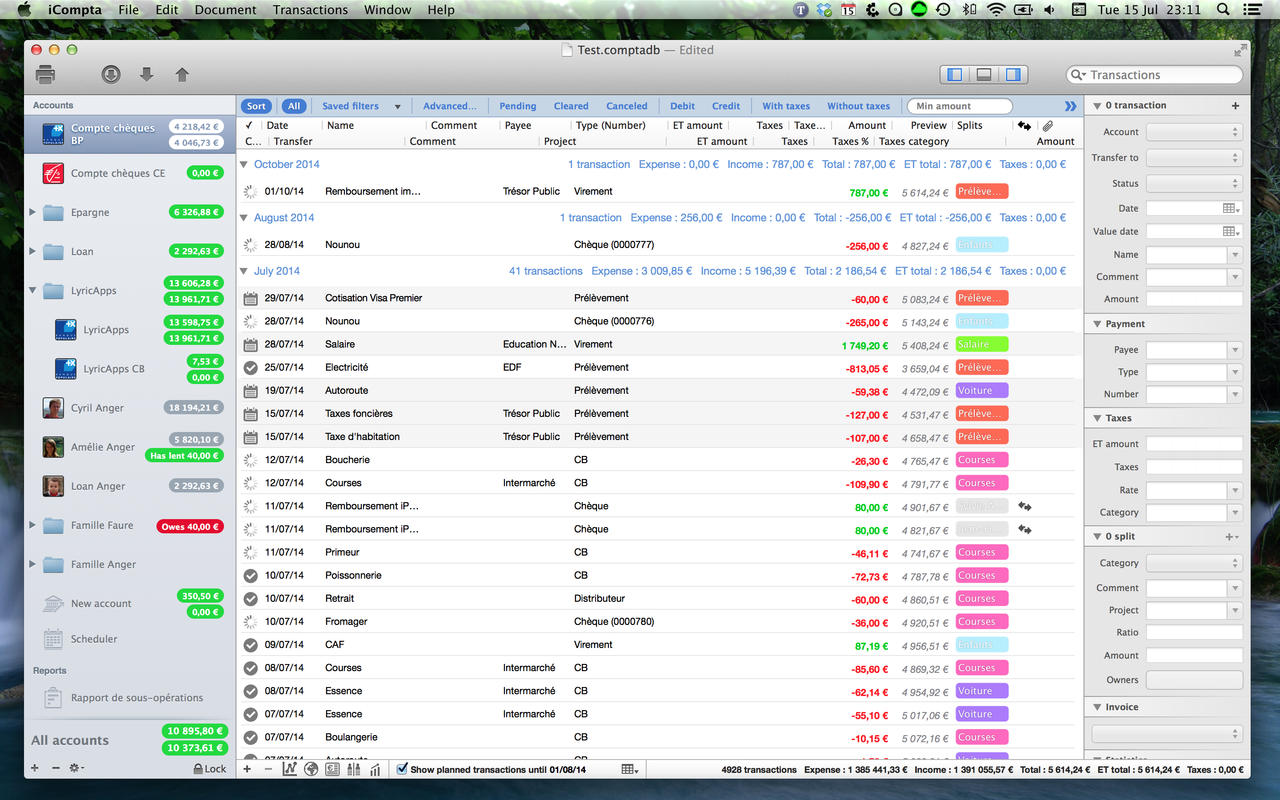In this section we will consider the definition and calculation of various statistical measures. We will use the following data set to perform the indicated calculations.
Data Set: ( 3,0.5,0.05,0.005,0.0005 )
Next story PeakHour 3.0.5 – Visualize and analyze your network traffic. Previous story Cocktail 8.3.1 – General maintenance and optimization utility.
Measures of center
Measures of variation
Peak Hour 3 3.0.5 Full
Sum
Sum. The aggregate of a group of numbers. The formula is:Sum = , where the symbol ∑ represents adding all the data values.
- 0+3=3
- 3+0.5=3.5
- 3.5+0.05=3.55
- 3.55+0.005=3.555
- 3.555+0.0005=3.5555
Adding up the 5 numbers entered we arrive at a sum of 3.5555 (In words: three and 56/100)
Arithmetic mean (Simple Average)
Definition: the aggregate (sum) of all the data values divided by the number of data points.
Where µ represents the mean of a population, and ∑ represents the sum of all the data values, and N represents the number of data values. If the data set refers to a sample (part of a population), the calculation remains the same but the symbols are different. This is important because it indicates to anyone whether we are dealing with a population or a sample. A data set always has a mean and it is unique.
Find the Mean value
To find the Mean value, divide the Sum by the number of values.
In our case, we found in the previous step that the sum is 3.5555 and we can count the 5 values so:
Mean = 3.5555/5 = 0.7111
Median

Definition: the middle (center) value of a data set after the data has been arranged from low to high value. That is, 50% of the data values are below the median value and 50% of the data values are above the median value. A simple formula can be applied. The position (P) of the median is: P=. If n the number of data points is odd, the median value is one of the data points. If n is even, then the median is the average of the data values directly below and above the position calculation. A data set always has a median and it is unique.
Find the Median value
To find the Median value, we begin by sorting Or arranging our numbers In ascending Or descending order.
0.0005,0.005,0.05,0.5,3
As we have an odd number of numbers, our median is the middle number in our sorted list.
Peak Hour 3 3.0.5 Update
Median=0.05 (In words: && 5/100)
Range
The numerical difference between the maximum and minimum values of a data set.
R = maximum – minimum values
Find the Range
Using our sorted list of numbers
0.0005,0.005,0.05,0.5,3
we subtract the first (smallest/min) from the last (biggest/max)
Range = 3-0.0005 = 2.9995
Variance
Definition: the average of the squared differences from the mean of a data set. It is a measure of the spread of a data set from the mean.In probability theory and statistics, variance measures how far a set of numbers is spread out. A variance of zero indicates that all the values are identical.
Find the Variance
To calculate the variance follow these steps:
- Work out the Mean (the simple average of the numbers). We did this above and found if to be 0.7111
- Now, for each number: subtract the Mean and square the result (the squared difference).
- (0-0.71)2=0.5
- (0-0.71)2=0.5
- (0.05-0.71)2=0.44
- (0.5-0.71)2=0.04
- (3-0.71)2=5.24
- Find the average of those squared differences.
- 0+0.5=0.5
- 0.5+0.5=1
- 1+0.44=1.44
- 1.44+0.04=1.49
- 1.49+5.24=6.72
The Sum of the 4 squared differences is 6.72
We can now calculate the Variance as 6.72/4 = 1.68
Standard Deviation
Peak Hour 3 3.0.5 Torrent
 Definition: The square root of the variance. It measures the spread of the data set from the mean. Note that the unit measure of the standard deviation is the same as the data se. That is, if the data is in feet the standard deviation is also in feet. This is not true for the variance.
Definition: The square root of the variance. It measures the spread of the data set from the mean. Note that the unit measure of the standard deviation is the same as the data se. That is, if the data is in feet the standard deviation is also in feet. This is not true for the variance.In statistics, the standard deviation (SD, also represented by the Greek letter sigma, σ) is a measure that is used to quantify the amount of variation or dispersion of a set of data values.
Standard Deviation is the positive square root of the Variance
√(1.68)=1.3
Processing ends successfully